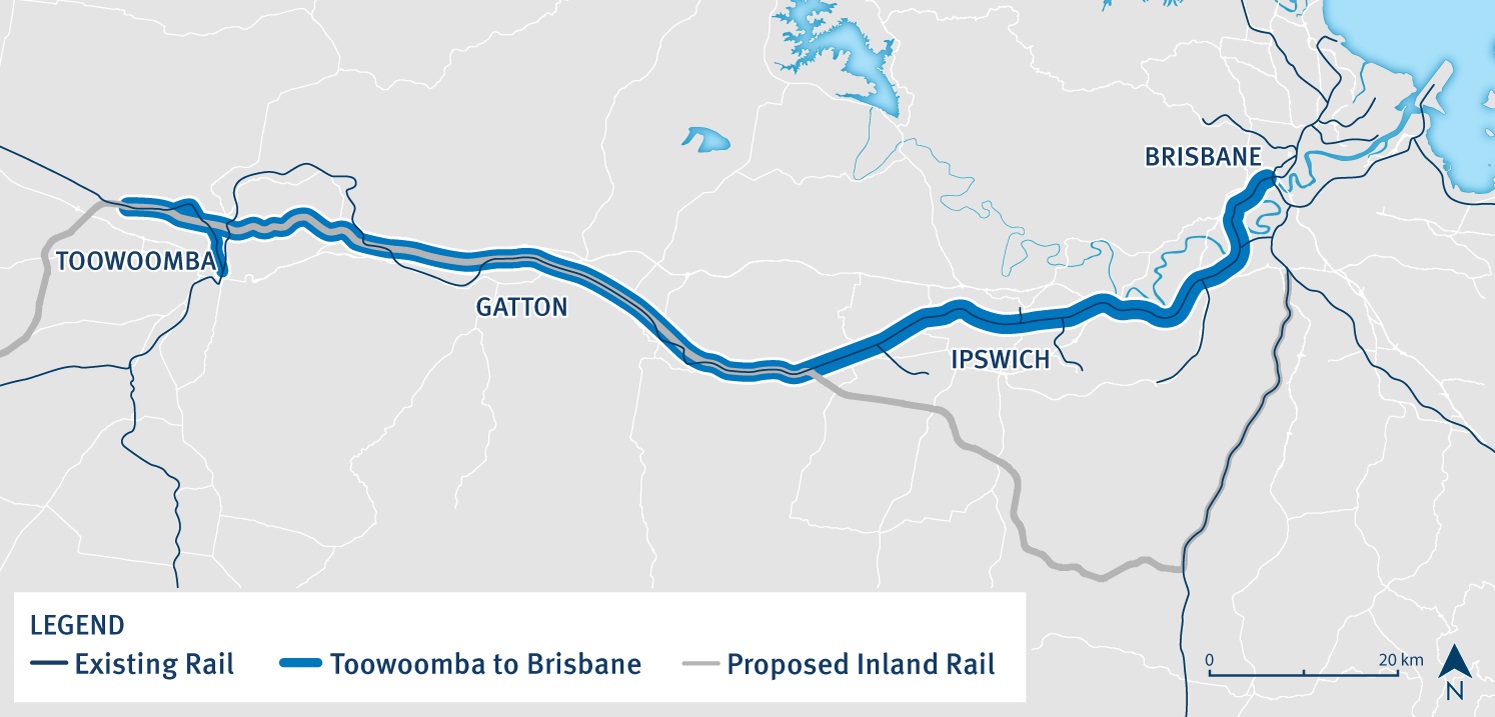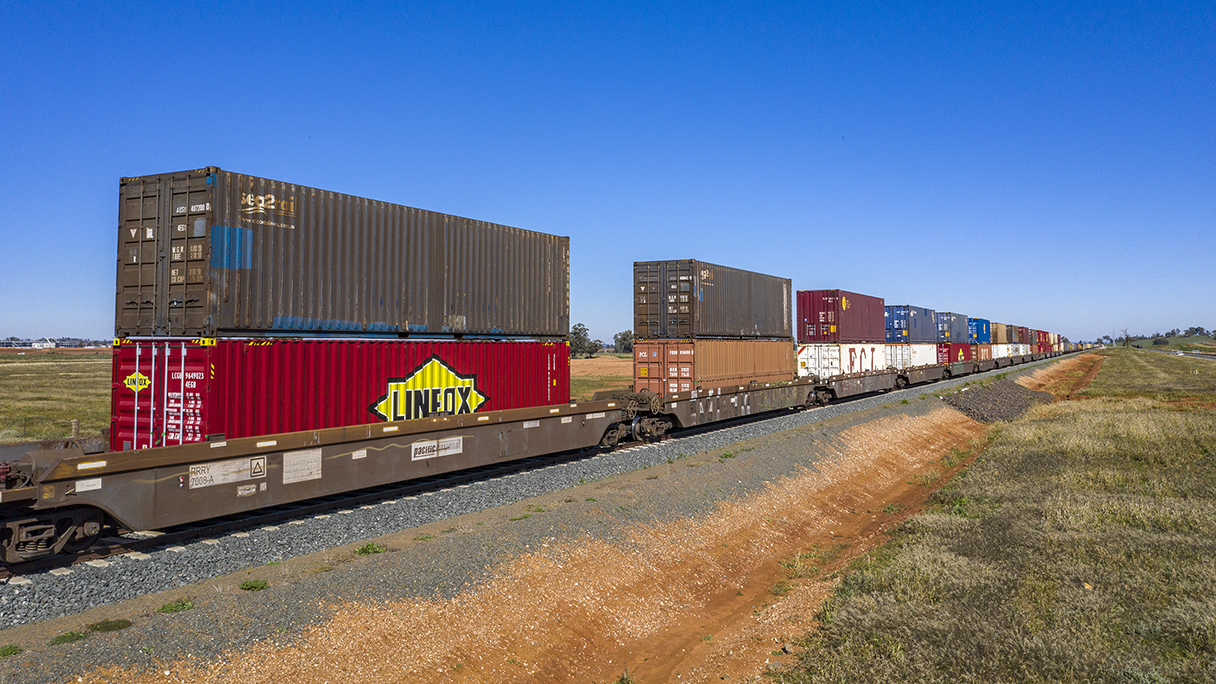Toowoomba to Brisbane Passenger Rail Strategic Business Case
The Australian and Queensland governments are working together to deliver the Toowoomba to Brisbane Passenger Rail Strategic Business Case.
Toowoomba is Australia's second largest inland city and is located about 125km from Brisbane's CBD. Existing passenger rail services between Toowoomba and Brisbane and through the Lockyer Valley are limited.
The Department of Transport and Main Roads and the Australian Government Department of Infrastructure, Transport, Regional Development and Communications are exploring ways to support current and future regional passenger connections and to enhance social and economic outcomes including access to employment, health and education services.
The Department of Infrastructure, Transport, Regional Development and Communications and the Department of Transport and Main Roads are finalising a strategic business case to determine the merits and timing for improved passenger service connections in the Toowoomba to Brisbane corridor.
The strategic business case, comprises a Strategic Assessment of Service Requirement and a Preliminary Evaluation of options, which will:
- evaluate current and anticipated future capacity and demand for public transport services between Toowoomba and Brisbane
- investigate options for introducing new passenger rail services using existing and protected rail corridors
- consider the opportunity for integrating passenger rail services with future freight operations on the new Inland Rail infrastructure between Gowrie and Calvert
- identify preferred option(s) for future passenger services between Toowoomba and Brisbane
- identify staging and delivery options to suit the short, medium and long term demand and capacity of the existing transport network
- consider costs and benefits of the project.
Key features
- Reduced travel times and improved travel reliability
- Efficient and reliable travel options
- Improved travel safety
- Improved regional connectivity
- Encourages better land use planning outcomes
- Supports economic growth
Inland Rail
On 29 November 2019, the Australian and Queensland governments signed a Bilateral Agreement enabling the delivery of Inland Rail in Queensland and the development of 4 rail studies to enhance the benefits it offers the state.
The Australian and Queensland governments are working together to deliver the Toowoomba to Brisbane Passenger Rail Strategic Business Case.
Next steps
The findings are currently being considered by government and will inform the next steps for the project, including whether the project proceeds to a future Detailed Business Case. Engagement with the community would occur during a Detailed Business Case.
Funding
The Australian Government has committed $15 million towards the project, with the Queensland Government providing an in-kind contribution, through the Department of Transport and Main Roads.
Planning study map

Benefits
- Improves safety
- Increases capacity
- Improves network efficiency
- Reduces peak hour congestion
- Accessibility
- Reduces travel time
- Contributes to economy
- Contributes to regional growth
- Better active transport




